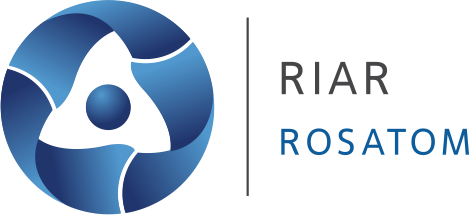RIAR upgraded the site to produce the most important semiconductor material for the electronics industry
RIAR JSC (ROSATOM Scientific Division) has successfully upgraded the site for the silicon nuclear doping at the RBT-10/2 reactor. The upgrading made it possible to double the productivity of the site and to dope ingots up to 200mm in diameter. High-quality neutron-doped silicon semiconductors are now widely used in the domestic electronics and electrical industries as part of strategic initiatives to achieve the country's technological independence.
“The upgrading began in 2020. Since that time, we have designed, manufactured and installed new experimental channels of the reactor, irradiation devices with electric drives and a control system, a new furnace for annealing silicon ingots, and a chemical box with a fume hood. The power supply and lighting system has been brought to date. New measuring equipment has been purchased and installed,” commented Alexey Petelin, Project Manager, Head of the Research Reactors Complex.

The design development, equipment manufacturing, installation and commissioning were done by the RIAR’s specialists from the Research Reactors Complex, Design and Engineering Department, Experimental Service and Centralized Service for Process Equipment Repair.
For information:
RIAR JSC (Research Institute of Nuclear Reactors, State Scientific Centre, ROSATOM Scientific Division) is the largest research center in Russia and in the world. RIAR provides R&D-intensive hi-tech services for a wide range of reactor and post-irradiation experiments. RIAR has the unique experimental base to face the challenges of reactor materials science and closed nuclear fuel cycle. RIAR is a leading producer and supplier of a wide range of radioisotopes for medical, industrial and other purposes.
RBT-6 and RBT-10/2 are pool-type reactors that use the SM-3 reactor spent fuel. The key advantages of RBT reactors are the simple design, which allows providing irradiation conditions by changing the core size and configuration, and the accessibility of experimental channels during irradiation.
All rights reserved. Use of the website materials is prohibited unless a link to the website is provided © 2008-2023
JSC “SSC RIAR”, Russian Federation, 433510, Ulyanovsk region, Dimitrovgrad, Zapadnoye Shosse, 9.
E-mail: niiar@niiar.ru. Tel.: +7 (84235) 9-83-83. Fax: +7 (84235) 9-83-84


